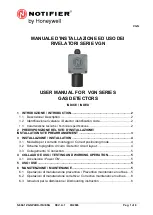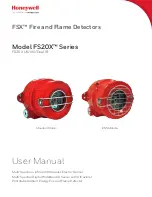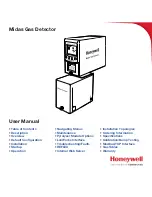
20
Tactics will be decided by the type of site - it is more profitable to scan a small area thoroughly than
to conduct a haphazard search of the total site. However, when the site is too far away for you to
make several return visits, a plan should be adopted which gives maximum coverage, at the same
time as indicating the most likely area for detailed search.
Your detector alone is not a guarantee of successful treasure hunting. Any detector needs an
operator and for the best results the operator needs the right approach, attitude and technique. Too
many beginners neglect the importance of pre-planning and research before using their detector in the
field, and patience and technique during the actual search.
A successful search should begin with research some time before the day of the actual search. The
extent and thoroughness of your research will be one of the major factors in the success of your
detecting. You should aim to get as complete an understanding as possible of the local history and
geography.
The key to the choice of site is to think of people, where they congregated over the past few
hundred years. What were their customs and pursuits? Where did they spend money? Where did
they carry money? The answers are not Roman sites, nor are they associated with mystic treasure
stories of crocks of gold. Rather, they are unassuming, undramatic places, like public footpaths and
ancient rights of way, old houses and so on.
When you have chosen your site, allocate a whole day from early morning to early evening for the
search. Make sure you have all the equipment you are likely to need. Your detector should be
checked before starting out, and you should always carry a spare set of batteries. You will also need
a strong, sharp trowel. It is also a good idea to have a set of lines and pins so that you can lay out
your search area scientifically.
Most beginners make the mistake of rushing about hoping to chance upon a rare find. If for example
there happened to be a valuable ring that was buried 4" deep on the site you were searching, if you
rushed about haphazardly and quickly on the site, the odds would be very much against you finding
it. On the other hand, if you pegged out the area scientifically and searched slowly and thoroughly,
the odds of finding the ring would be very much more in your favour.
Remember, BE PATIENT and WORK SLOWLY. Do not try to cover too large an area, restrict
yourself to a small area and work through it thoroughly. Make a note of the position and the extent of
the area, and then when you return you can start again further on without missing any ground or
covering the same area twice.
It is also important to keep the detector head as close to the ground as possible. Ideally, you should
'iron' the ground with the search head of the detector, so that you do not lose any detection range.
Similarly, if you work slowly and carefully you should be able to distinguish the faint signals as well as
the clear-cut signals and further increase your finds.
The technique of getting the best out of your detector is not learnt overnight. You need to get as
much experience as possible so that you can recognise every kind of signal. Indeed, a good detector
operator can often tell you what is being detected before it is unearthed.
Summary of Contents for CS4ZX
Page 1: ...1 OPERATING INSTRUCTIONS...




































